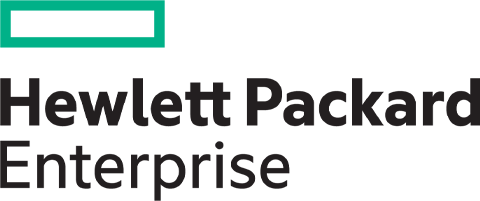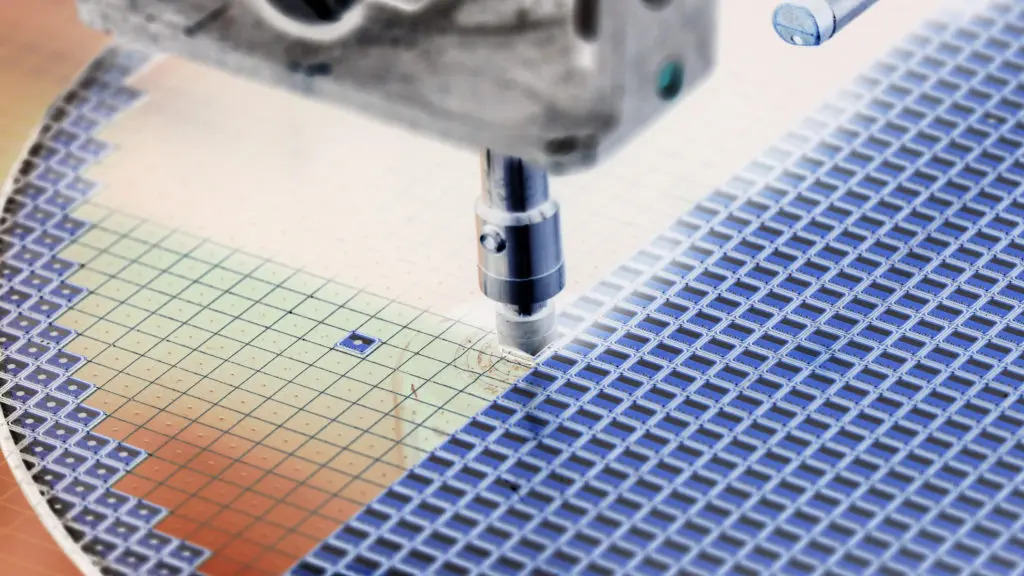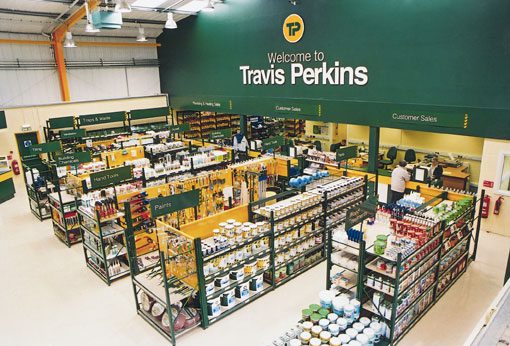
“Everyone hearing the same message from the same trainers at the same time was a huge enabler for alignment and a ‘one-team’ culture.”
—Em Campbell-Pretty, Context Matters
Challenge:
After the successful rollout of a new online banking platform, Westpac received numerous requests for additional features and needed to deliver quickly.
Industry:
Banking
Solution:
SAFe®
Results:
- Westpac successfully took 150 people from waterfall to Agile in one week, and garnered positive feedback from teams
- Team and business engagement went up
- Cycle time and defects went down
Best Practices:
- Get executive buy-in—Getting leadership on board—and participating—is essential to achieving team buy-in
- Include all roles in training—Triple check that everyone is scheduled to get the training they need
- Prepare, prepare, prepare—A one-week launch takes significant pre-work
Overview
One of Australia’s “big four” banks, Westpac serves approximately 10 million consumer and business customers across Australia, New Zealand, Asia, the United Kingdom, and the United States.
Challenge
In 2015, Westpac launched a new online banking platform. Though very successful—and award-winning—the launch resulted in a huge demand to deliver additional features quickly. The company wanted to take a scaled Agile approach to roll out new capabilities but lacked the quality training and know-how to apply it to this initiative.
Solution
Westpac reached out to Scaled Agile Partner, Context Matters, for guidance, leading to the decision to adopt SAFe, and form an Agile Release Train (ART) for the new features.
Before launch planning began, the company settled on a vision, a prioritized feature backlog, an approach to product ownership and a decision on capacity allocation.
At the time, teams were focused on delivering the final release of the in-flight program. If they were going to change the delivery approach for the next release, they would need to move fast. With a small window of opportunity, a SAFe QuickStart seemed the only answer.
To achieve launch in one week, Westpac began by training everyone at the same time. Midweek, they aligned all teams to common objectives, secured commitment and continued training during planning. By week’s end, they provided orientation for specialty roles, open spaces and tool training for teams.
Development teams would be available in six weeks, so Westpac grabbed that time slot—knowing the window would be tight. After buy-in from executives on the business and IT sides, they were ready for next steps.
To support their efforts, they also established Communities of Practice and hold monthly technical workshops for developers.

2 Days of Leading SAFe® Training
Next, 32 leaders across business and IT came together for two days of Leading SAFe training to discuss SAFe in the Westpac context, generating team excitement. Together, leaders came up with a theme for the train—Galaxy—with all teams receiving related names.
“Giving the train a shared identity helps create a bond across the team of teams that is the Agile Release Train, seeding the “one-team” culture that helps trains excel,” says Em Campbell-Pretty of Context Matters.
SAFe Scrum XP training brought together 60 people in one release train of eight teams over two days with two trainers in one room. The RTE additionally joined team-level training for both days, leading team members to note his commitment to SAFe.
“Everyone hearing the same message from the same trainers at the same time was a huge enabler for alignment and a ‘one-team’ culture,” says Campbell-Pretty.
The following Monday, Westpac launched the train. Some last-minute feature requests presented a hiccup, but the teams and leadership committed to a plan.
Results: Cycle Time, Defects Down
- Westpac successfully took 100 people from waterfall to Agile in one week, and garnered positive feedback from teams. Team and business engagement went up while cycle time and defects went down.
- Agile at Westpac continues to grow, with the company holding its third PI Planning session recently.
Additional Reading
For a deeper dive into this SAFe experience, download Em-Campbell Pretty’s presentation to AgileAustralia16.
Share:
Back to: All Case Studies
Suggested Case Study: Capital One















